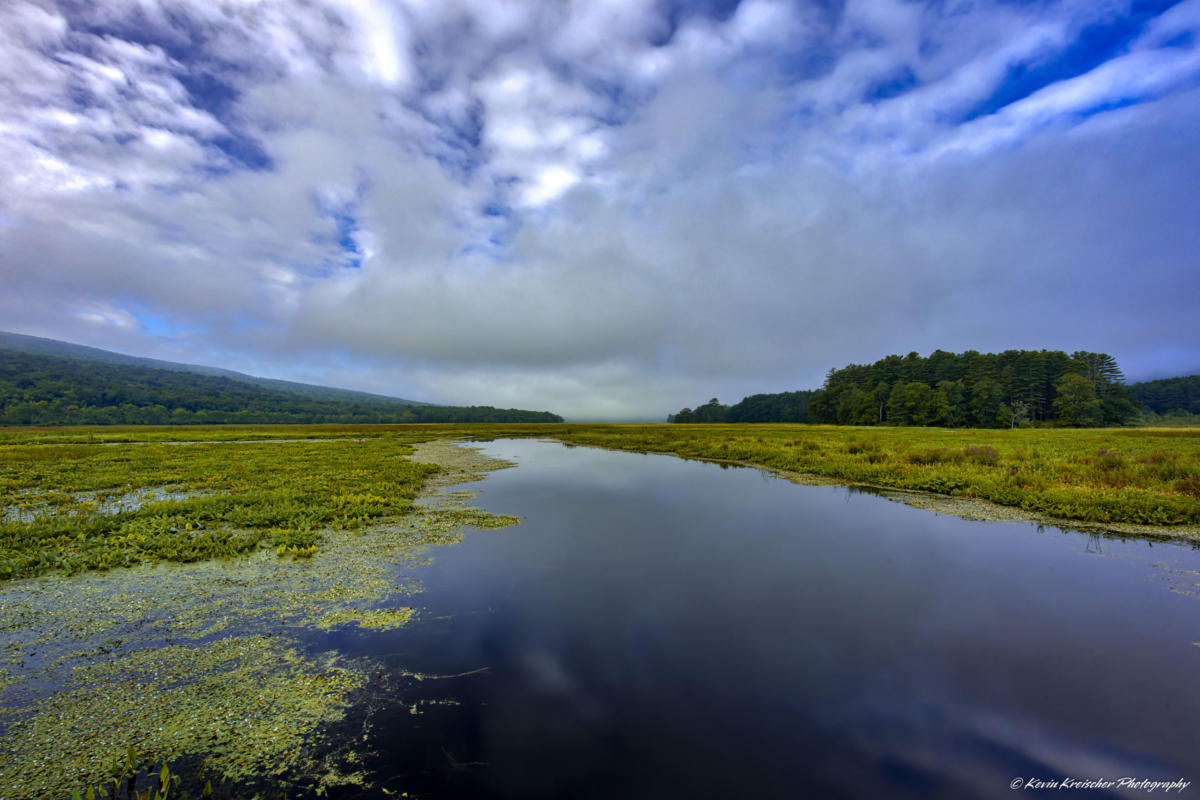NYenvironcom is a New York non-profit organization with a committed mission to help create, build, and strengthen thoughtful land use policies and practices that encompass environmental, community, and economic values.
NYenvironcom believes that it is important for all segments of communities (citizens, project applicants, municipal boards, officials, and business members) to have a practical understanding of local ecology, and sufficient data to make informed land use decisions.
The committee works to organize environmental activities and programs for the New York region, as well as monitoring and oversight programs.
The council is involved in advocacy and policy concerning land use in the New York region.
Our advocacy and initiatives are defined by our key goals of encouraging re-ruralization, re-urbanization, and de-surbanization.
De-suburbanization: Assessing suburban areas and working to either integrate them into urban development, or restore them to rural status, wherever the net positive environmental impact will be greatest. Discouraging further urbanization of untouched rural areas.
Re-ruralization: Restoration and preservation of rural areas, allowing these lands to maximize their ability to offset and balance the unavoidable negative environmental impacts of urban areas.
Re-urbanization: Defining and encouraging best practices in planning and implementation that maximize smart development, using the capacity of existing and planned infrastructure to allow for development that has the least harmful net environmental impact, while meeting the realistic needs of the population to increase their living standards.









